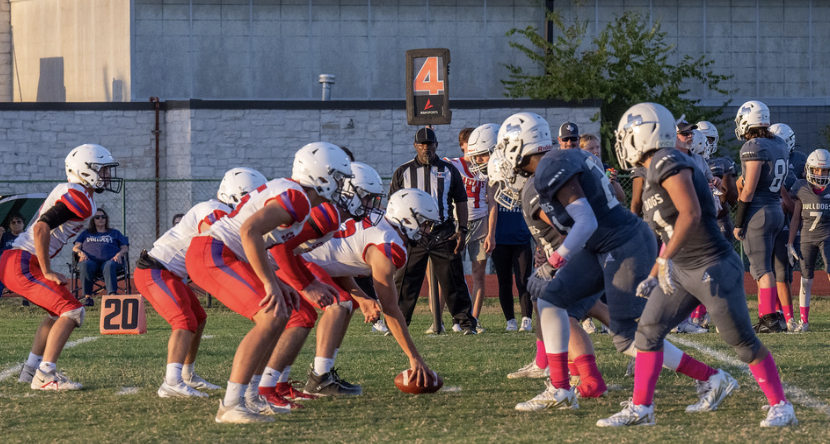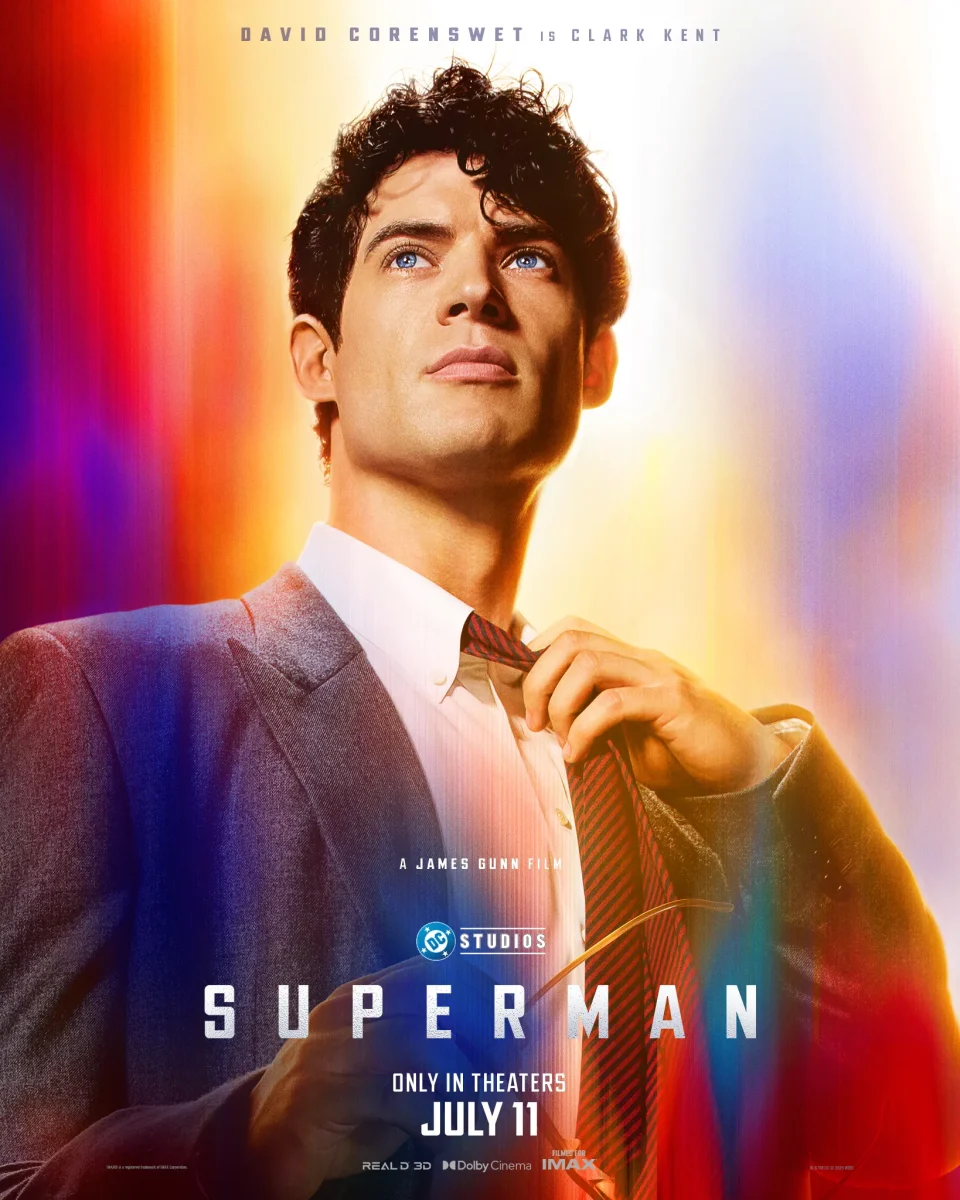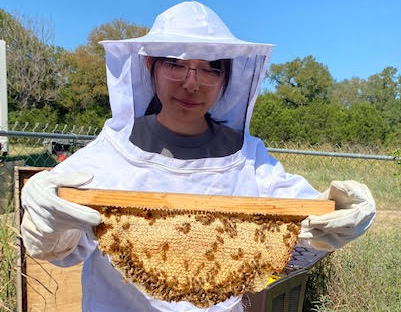The battle for abortion rights is far from over, as you might see in the first minutes of Zurawski v. Texas, the media’s newest abortion documentary. This movie documents the collaborative journey of the Center of Reproductive Rights and victims of Texas’ abortion ban, weaving together a story about the power of non-governmental advocacy and solidarity. And even though the Supreme Court recently dismissed the center’s case, its plaintiffs have shown us how close Texas may yet be to a change in abortion legislation.
Zurawski v. Texas follows the struggles of three plaintiffs: Amanda Zurawski, Samantha Casiano, and Austin Denard. Zurawski faced death when her water broke prematurely at only eighteen weeks of pregnancy. However, because of the consequences doctors could face in performing an abortion (ie. losing their license, paying a fine of up to $5000, and receiving charges for a first or second-degree felony), Zurawski did not receive the abortion she needed to continue having children in the future. Casiano faced a similar conflict between medical practice and the law. Even after a 20-week ultrasound informed her that her fetus was incompatible with life, she was required to carry her pregnancy to term. In the operating room, Casiano’s baby, Halo, struggled to breathe for four hours, before dying in its father’s arms. The third major plaintiff, Austin Denard, left Texas to receive an abortion after learning of a fatal condition tainted her happy pregnancy. As an OB-GYN, Austin believes she should have been able to choose to receive an abortion and preserve her own life.
Together, these plaintiffs showcase the many considerations surrounding an abortion: medical complications, financial concerns, and emotional distress. Casiano, an impoverished Hispanic woman in rural Texas, could not afford to leave the state to receive an abortion. She then suffered the consequences. Meanwhile, Zurawski, much to her devastation,struggled to bear a child after her first pregnancy, even through a surrogate mother. Lastly, Dr. Denard reminds us of the conflict between safe medical practices and the lack of clarification on Texas abortion law. As she continues to practice as an OB-GYN, Denard struggles to fathom how she will make her next medical decision while under threat of punishment.
The documentary succeeded in fully encapsulating each of these factors in the three women’s stories, never skipping a narrative-altering detail. And, on top of this feat, the film achieved something unexpected. Through the lens of Senior Staff Attorney Molly Duane, we were able to see how shared struggles and dedicated, empathetic leadership can unite individuals during difficult times. Molly worked tirelessly to gain the trust of her plaintiffs and obtain all of the facts she needed to win the case at the Texas Supreme Court level. In doing so, Molly never failed to offer understanding, grace, and safety to her clients, organizing meetings to unite them as a support system. Within this group, the female plaintiffs and their husbands supported and empowered one another through challenging testimonies and trauma. Through intimately set shots and back-to-back clips of heartfelt moments, the audience can experience this unparalleled unity between the plaintiffs and their lawyers.
If you are wondering about the current state of abortion law or are interested in pursuing law of any kind, Zurawski v. Texas is the next documentary on your watchlist. This documentary will radically humanize your conception of abortion, the general practice of law, and how individual policies can greatly affect our lives.
Note: To learn more about potential changes in Texas abortion law, check out SB 2880, HB 5510, and SB 31.


























